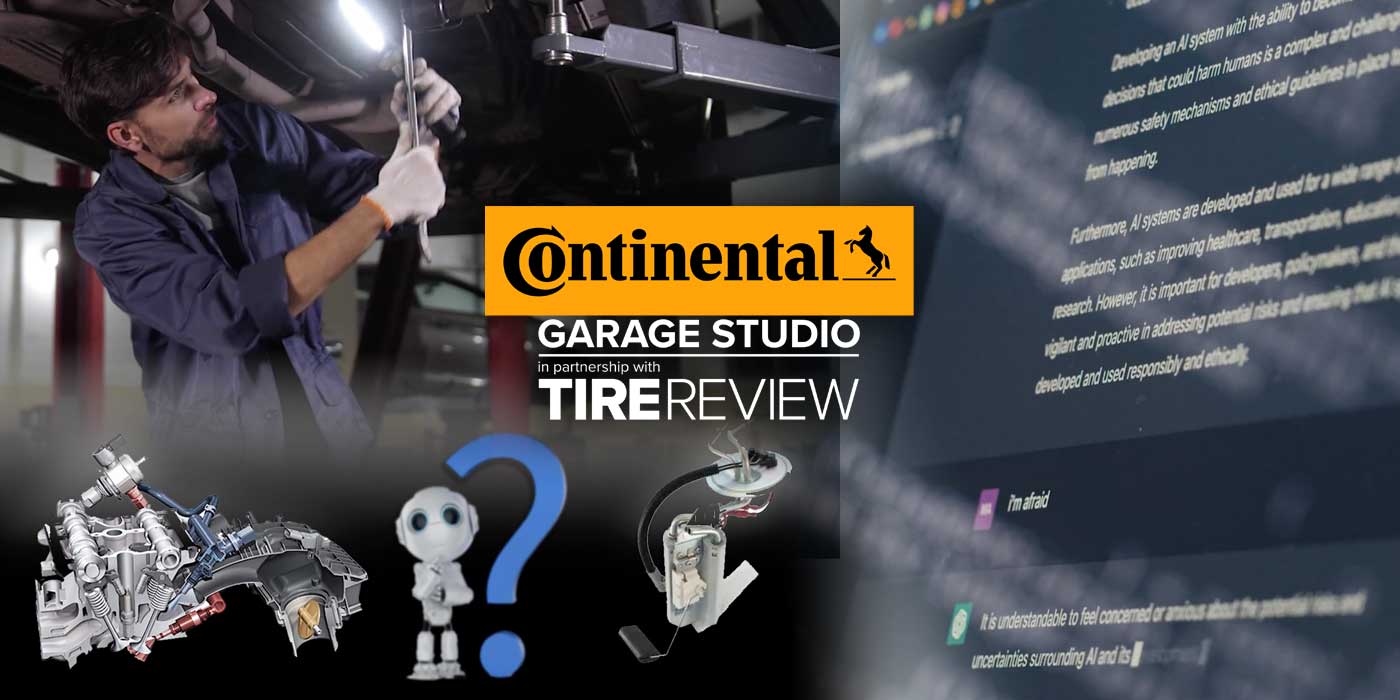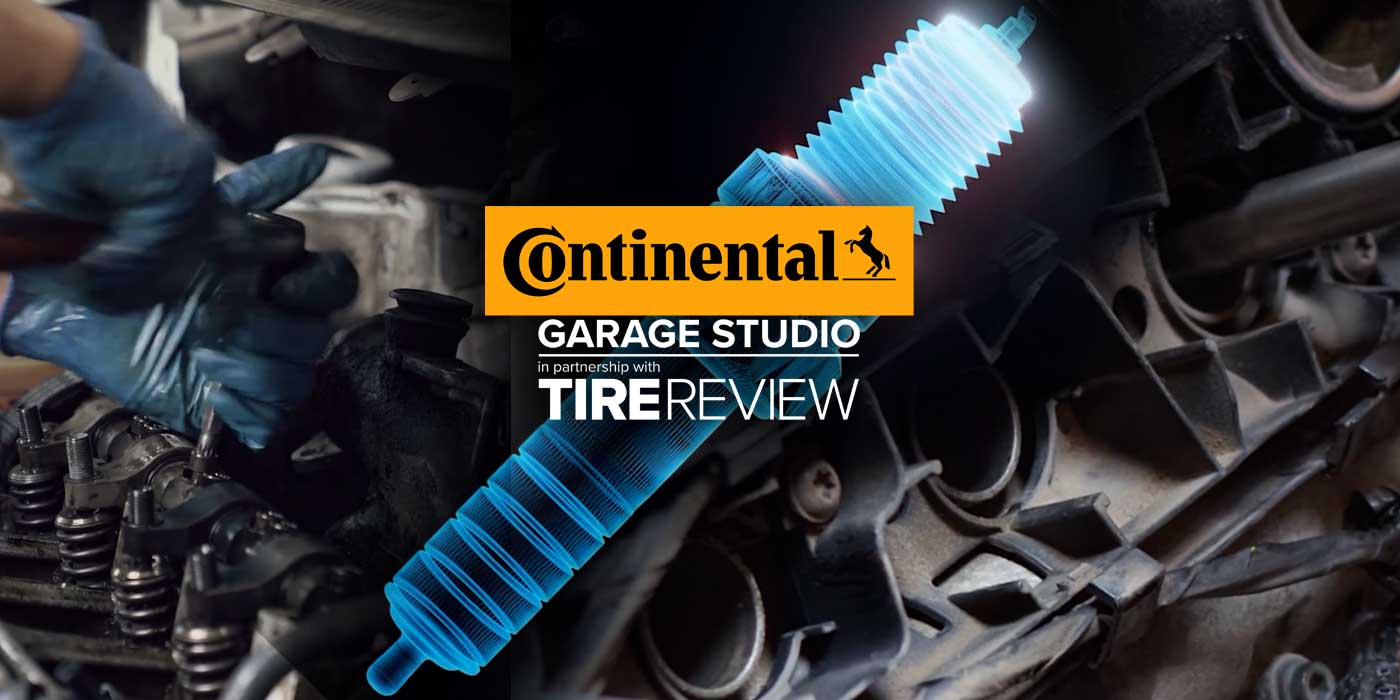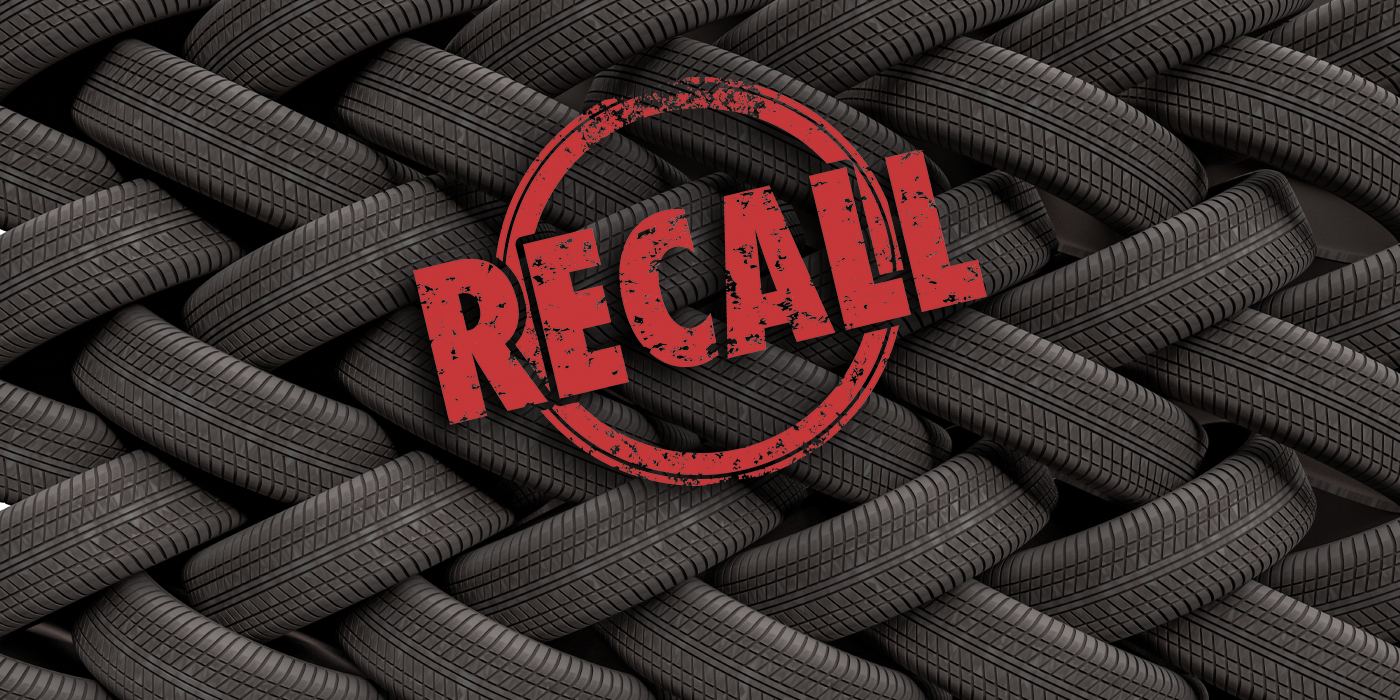Tires in the market today are mainly designed with one of three tread patterns: directional, asymmetrical or symmetrical. Each pattern lends itself to specific performance characteristics that help the tire, basically, do what engineers want it to. Tire Review’s Maddie Winer takes a look at each from the Tire Review Continental Tire Garage Studio at Babcox Media.
First up, we have the common symmetrical tread pattern. And as you might have guessed, if you split the tire down the middle, it’s the same on both sides. Many passenger car tires use this tread; however, it’s not commonly used in high-performance tire designs. Symmetric tread patterns often feature continuous ribs or independent tread blocks across the entire face of the tread. Performance-wise, this type of tread pattern adds to a tire’s high directional stability, steady grip and smooth driving.
Next, let’s take a look at a directional tread pattern. The pattern is designed to roll forward in one direction only. Many directional treads have lateral grooves that meet in the middle of the tire tread, resembling the shape of an arrowhead. While aesthetically, this gives the tire a sportier look; however, it also helps the tire resist hydroplaning by displacing water more efficiently. A directional tread also provides extra traction, which helps these tires handle well on snow or mud.
Finally, let’s look at an asymmetric tread pattern. This design features two separate tread designs, one on the inner half and another on the outer half of the tire. It looks sort of unusual, right? But both halves serve a distinct purpose. The inner tire tread is responsible for water displacement and protection against hydroplaning. The outer tire tread has rigid tread blocks for higher lateral stiffness. This provides high grip when cornering and driving on dry surfaces. It also adds to quieter interior noise. Asymmetrical patterns are common on ultra-high-performance tires and feature improved handling and grip in wet conditions.













